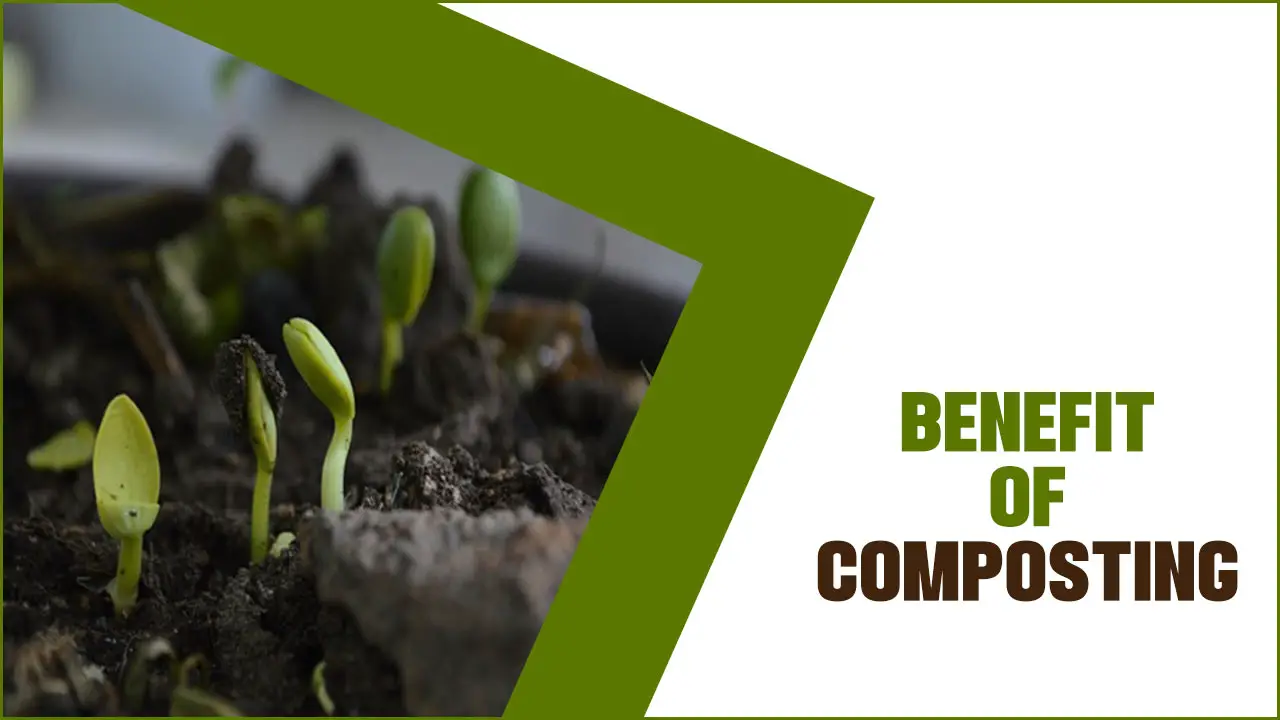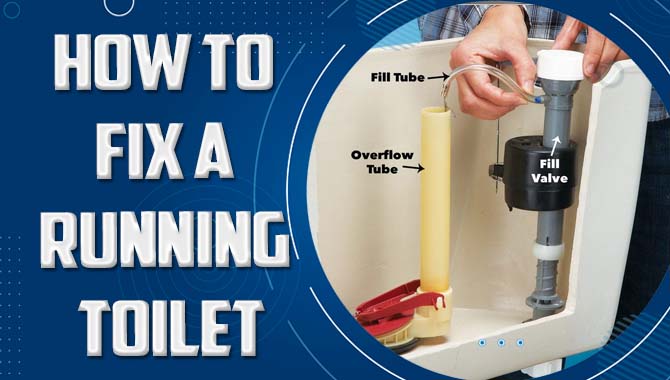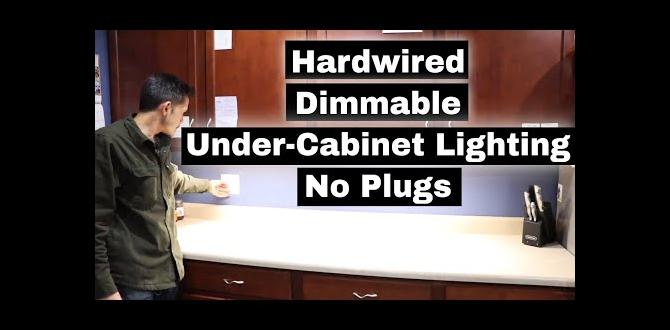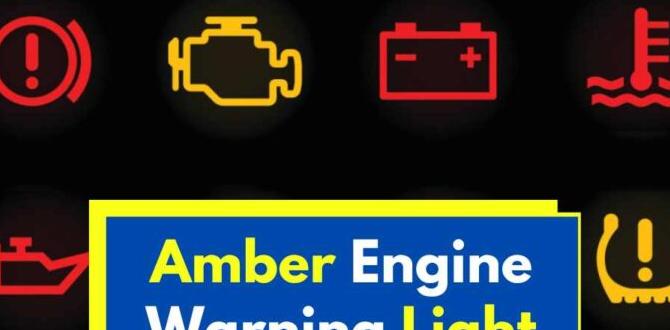Have you ever wondered why some things float while others sink? Picture this: you drop a rock into a pond, and it disappears beneath the surface. Yet, a leaf glides gracefully on the water. What makes these two objects behave so differently? This mystery is all about density and buoyancy.
Imagine playing with your toys in the bathtub. Some toys bob around, while others settle at the bottom. Isn’t that interesting? It might seem like magic, but it’s really science at work!
In this article, we’ll explore why do some things float and others sink. We will uncover the secrets behind this fascinating phenomenon. By the end, you will see the world around you a little differently. Get ready to dive into the wonders of floating and sinking!
Why Do Some Things Float And Others Sink: Exploring Buoyancy
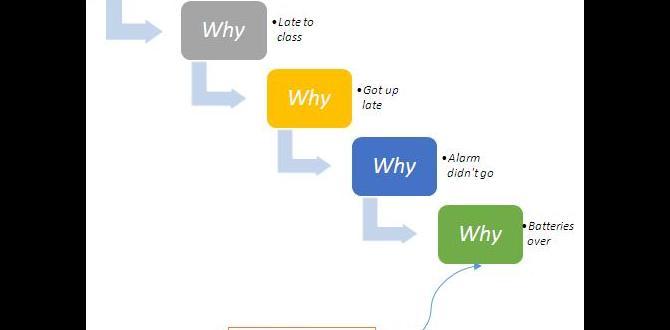
Why Do Some Things Float and Others Sink?
Have you ever wondered why a big ship floats while a small marble sinks? It all comes down to two main ideas: density and buoyancy. Density is how much mass is packed into an object. Buoyancy is the push from water that helps things float. If an object is less dense than water, it will float. Conversely, if it’s denser, it will sink. This simple rule helps explain many everyday situations and mysteries!Understanding Density
Definition of density and its significance in buoyancy.. The relationship between mass and volume..Density is like a secret code that explains why some things float while others don’t. It’s a measure of how much stuff (mass) is packed into a space (volume). Think of it this way: if you squeeze a marshmallow into a tiny package, its density increases. High density means heavy for its size, while low density means light and puffy. This rule is crucial for buoyancy. If an object is less dense than water, it floats. If it’s denser, it sinks!
| Mass (grams) | Volume (cm³) | Density (g/cm³) |
|---|---|---|
| 10 | 5 | 2 |
| 5 | 10 | 0.5 |
This playful relationship makes science fun. Next time you toss a rubber duck in the water, remember it’s all about that nifty density!
Archimedes’ Principle
Explanation of Archimedes’ principle in simple terms.. Realworld examples of how this principle applies to floating and sinking objects..Many of us wonder why some things float and others sink. Archimedes’ principle helps explain this. It says that when an object is placed in water, it pushes away a certain amount of water. If the object’s weight is less than the water it pushes away, it floats. If it’s heavier, it sinks. For example, a boat floats because it pushes away enough water, while a stone sinks because it cannot displace enough water to match its weight. Isn’t that cool?
How Does Archimedes’ Principle Work?
Archimedes’ principle applies in everyday life. Here are some examples:
- A rubber duck floats because it is light and pushes away more water than its weight.
- A heavy anchor sinks because it can’t displace enough water compared to its weight.
- A balloon filled with air floats while one filled with water sinks.
The Role of Buoyancy
Definition of buoyancy and its effects on objects in a fluid.. Factors influencing buoyant force..Buoyancy is a force that helps objects float in water or any other fluid. It acts in the opposite direction of gravity. Some objects float because their weight is less than the water they displace. Others sink when they are too heavy. Several factors affect buoyant force:
- The shape of the object
- The density of the fluid
- The object’s weight
Understanding buoyancy helps us see why some things float while others sink. For example, a big, hollow ball floats, but a small rock sinks. Isn’t that interesting?
Why do some objects float while others sink?
The reason is buoyancy! Objects with lower density than the fluid they are in float. Heavier objects that are denser than the fluid usually sink.
Material Properties and Floatation
How the composition of substances affects their ability to float.. Examples of materials that typically float and those that sink..Everything around us is made of different materials that affect whether they float or sink. Dense materials sink, while lighter ones usually float. Consider a few examples:
- Float: Wood, plastic, and rubber
- Sink: Metal, glass, and rocks
Materials made of low-density substances trap air, making them buoyant. For instance, a boat floats due to its shape and light material. Understanding this helps us learn why some things float and others sink.
What makes some materials float while others sink?
The composition and density of materials determine their ability to float or sink.
Surface Tension and Floatation
Explanation of surface tension and its role in floatation.. Case studies of small objects and insects that can float due to surface tension..Have you ever watched a tiny bug float on water like it’s on a vacation? That’s thanks to something called surface tension. It forms a “skin” on the water, letting light objects stay on top without sinking. This magic is strong enough to hold a paperclip or even a water strider. It’s like playing hopscotch on a trampoline; you bounce but don’t fall! The table below shows some small objects and insects that dance on water’s surface:
| Object | Can Float? |
|---|---|
| Paperclip | Yes |
| Water Strider | Yes |
| Rock | No |
| Leaf | Yes |
So, next time you see something floating, remember, it might be riding that sneaky surface tension wave!
Applications in Everyday Life
Practical examples of buoyancy in boats, ships, and swimming.. How understanding floatation helps in various industries (e.g., marine, engineering)..Buoyancy affects our daily lives in many ways. Think about how boats and ships stay on water. They are designed to float because they push away more water than they weigh. Understanding this helps engineers create safe designs. Also, swimming depends on buoyancy. Learning how to float keeps us safe in water. Various industries use this knowledge too:
- Maritime: Helps build ships that carry cargo.
- Engineering: Designs underwater structures.
- Recreation: Teaches swimming safety skills.
By grasping why some things float and others sink, we improve safety and innovation.
Why is buoyancy important?
Understanding buoyancy is key for safe boat design, swimming techniques, and many engineering projects.
Experiments to Demonstrate Floatation
Simple home experiments to explore buoyancy and density.. Observations to make during these experiments..Experiments at home can be fun and teach us why some things float and others sink. You can try simple activities using everyday items. Here are some ideas:
- Fill a bowl with water.
- Drop in items like coins, apples, and rubber ducks.
- Observe which items float and which sink.
As you experiment, notice how shape and weight affect floatation. For instance, a heavy rock sinks, but a ship floats. These actions show that density and buoyancy are key to understanding why objects behave differently in water.
Why do some things float and others sink?
Density explains why items float or sink. Objects that are less dense than water float, while those that are denser sink.
Common Misconceptions about Floatation
Addressing myths and misunderstandings related to why certain things float or sink.. Clarifying the science behind these misconceptions..Many people think heavy things always sink. This is not true! Weight is not the only reason for sinking or floating. The shape and material also matter. Density is key. If something is less dense than water, it will float. Many believe big boats sink, but they float because of their shape and air inside. Here are some common myths:
- All rocks sink.
- Only fluffy things float.
- Size equals buoyancy.
Understanding buoyancy can help clear these ideas. Always remember that science explains the fun of floating!
What makes things float or sink?
The key is density. If something is lighter than water, it floats. If it’s heavier, it sinks. Shape also plays a role. A flat object may float better than a heavy, small one.
Conclusion
In conclusion, things float or sink based on their density and buoyancy. Light objects, like a rubber duck, float because they are less dense than water. In contrast, heavy objects, like a rock, sink. You can experiment at home by testing different items in water. Keep exploring and learning about science—you’ll discover even more fun facts!FAQs
What Are The Physical Properties That Determine Whether An Object Will Float Or Sink In A Fluid?Whether an object will float or sink in water depends on its density and shape. Density measures how heavy something is for its size. If an object is less dense than water, it floats. If it’s more dense, it sinks. The shape can also help an object float, like a flat boat compared to a rock.
How Does The Density Of An Object Compare To The Density Of The Fluid It Is Placed In Affect Its Buoyancy?When you put an object in a fluid, like water, how it floats depends on density. Density is how much stuff is in a space. If the object is heavier than the fluid, it sinks. If it’s lighter, it floats. So, the more similar they are, the object might just stay in the middle!
How Does The Shape Of An Object Influence Its Ability To Float Or Sink?The shape of an object can help it float or sink in water. If the object is wide and flat, like a boat, it pushes more water away and floats easily. But if it’s heavy and small, like a rock, it doesn’t push away much water and sinks. So, a good shape helps things stay on the surface!
In What Ways Do Surface Tension And Water Temperature Impact The Buoyancy Of Smaller Objects?Surface tension is like a skin on top of water. It helps small objects, like a paperclip, float if they don’t break it. Warmer water can make surface tension weaker. This means small objects might sink more easily in hot water than in cold water. So, we can see that both surface tension and water temperature can change if something floats or sinks.
What Role Does Gravity Play In The Floating Or Sinking Of Objects, And How Does This Interact With The Concept Of Displacement?Gravity pulls everything towards the Earth. If an object is heavy enough, gravity makes it sink. If it is light enough, it floats. Displacement happens when an object pushes water aside. Floating objects push away enough water to balance the pull of gravity.



